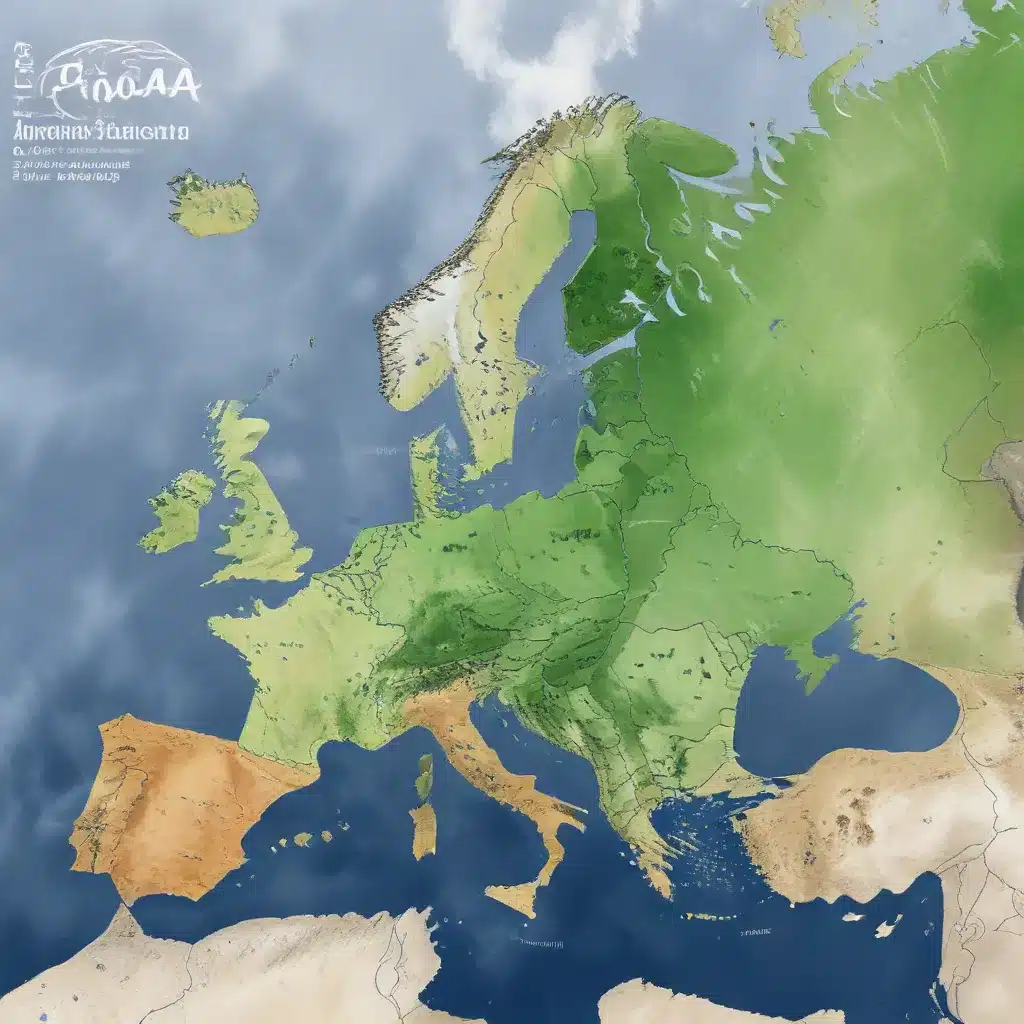
Improving Air Quality Across Europe: Navigating the Challenges and Opportunities
As a seasoned expert in wood stoves and heating solutions, I’m well-versed in providing practical tips and in-depth insights on energy efficiency and sustainable heating methods. In this article, I’ll delve into the latest findings from the European Environment Agency (EEA) on Europe’s air quality status in 2024, exploring the progress made, the remaining challenges, and the potential solutions that can help improve the air we breathe.
The Persistent Challenge of Air Pollution
Despite ongoing efforts to reduce emissions and improve air quality, air pollution continues to be Europe’s largest environmental health risk, causing cardiovascular and respiratory diseases, reducing quality of life, and contributing to preventable deaths. According to the EEA’s latest analysis, in 2022, most of the EU’s urban population remained exposed to levels of key air pollutants that are damaging to health.
In particular, the report highlights that almost all of the urban population was exposed to concentrations of fine particulate matter (PM2.5) above the 2021 World Health Organization (WHO) annual guideline level of 5µg/m3, and to concentrations of ozone (O3) above the short-term guideline level of 100µg/m3.
The sources of these pollutants are varied, with solid fuel use for domestic heating, industrial activities, and road transport being significant contributors. Geographical and meteorological factors also play a role, with certain regions, such as the Po Valley in northern Italy, experiencing more severe air quality challenges due to the accumulation of pollutants.
Stricter Standards, Ongoing Challenges
In response to the persistent air quality issues, the European Union has taken steps to align its air quality standards more closely with the WHO recommendations. In February 2024, co-legislators agreed to more ambitious EU air quality standards, although they remain less strict for all pollutants than the WHO guidelines.
The EEA report highlights that in 2022, despite ongoing reductions in emissions, 2% of monitoring stations registered concentrations of PM2.5 above the EU annual limit value, and 95% of stations registered concentrations above the WHO annual guideline level. Similarly, 2% of monitoring stations registered concentrations of nitrogen dioxide (NO2) above the EU annual limit value, and 74% registered concentrations above the WHO annual guideline level.
These findings underscore the persistent challenges in meeting even the EU’s own air quality standards, let alone the more stringent WHO recommendations. Addressing these issues will require a multifaceted approach, involving further emissions reductions, targeted policies, and innovative solutions.
Leveraging Wood Stoves for Cleaner Heating
As a heating expert, I believe that the use of efficient and clean-burning wood stoves can play a crucial role in improving air quality, particularly in regions where solid fuel combustion for domestic heating is a significant source of pollution.
Modern wood stoves, designed with advanced combustion technology and emissions control systems, can significantly reduce particulate matter and other harmful emissions compared to traditional wood-burning appliances. By upgrading to these cleaner-burning models and following proper installation and maintenance practices, homeowners can contribute to improving local air quality while enjoying the benefits of a sustainable and cost-effective heating solution.
| Feature | Benefit |
|---|---|
| Advanced Combustion Technology | Improved fuel efficiency and reduced emissions of particulate matter, carbon monoxide, and other pollutants. |
| Emissions Control Systems | Further reduction of harmful emissions, meeting or exceeding the latest air quality standards. |
| Proper Installation and Maintenance | Ensures optimal performance, safety, and continued emissions reductions over the appliance’s lifetime. |
By educating homeowners on the benefits of modern wood stoves and promoting their adoption, we can empower individuals to contribute to cleaner air while enjoying the warmth and ambiance of a wood-burning fireplace or stove.
Addressing Regional Disparities
The EEA report also highlights significant differences in air quality across Europe, with certain regions, particularly in central and eastern Europe, experiencing higher levels of pollution. This is often due to the widespread use of solid fuels, such as coal and wood, for domestic heating in these areas.
To address these regional disparities, a tailored approach is necessary, taking into account the unique circumstances and challenges of each affected region. This may involve targeted policies, incentives, and support programs to encourage the transition to cleaner heating alternatives, including high-efficiency wood stoves, district heating systems, or the adoption of renewable energy sources.
Toward a Healthier, Sustainable Future
The EEA’s findings underscore the ongoing work required to improve air quality across Europe and align with the ambitious goals set forth in the European Green Deal and the zero pollution action plan. While progress has been made, the persistent challenges highlighted in the report call for a renewed commitment and innovative solutions to protect the health and well-being of European citizens.
As a wood stove and heating expert, I believe that the increased adoption of clean-burning, efficient wood stoves can play a valuable role in this endeavor. By empowering homeowners to make sustainable heating choices and working with policymakers to support the transition to cleaner technologies, we can contribute to the larger effort of improving air quality and creating a healthier, more sustainable future for all.
To learn more about the latest advancements in wood stove technology and explore ways to enhance the energy efficiency and environmental performance of your home heating system, I encourage you to visit woodstoveheaters.com. There, you’ll find a wealth of practical tips, expert insights, and resources to help you make informed decisions about your heating needs.


